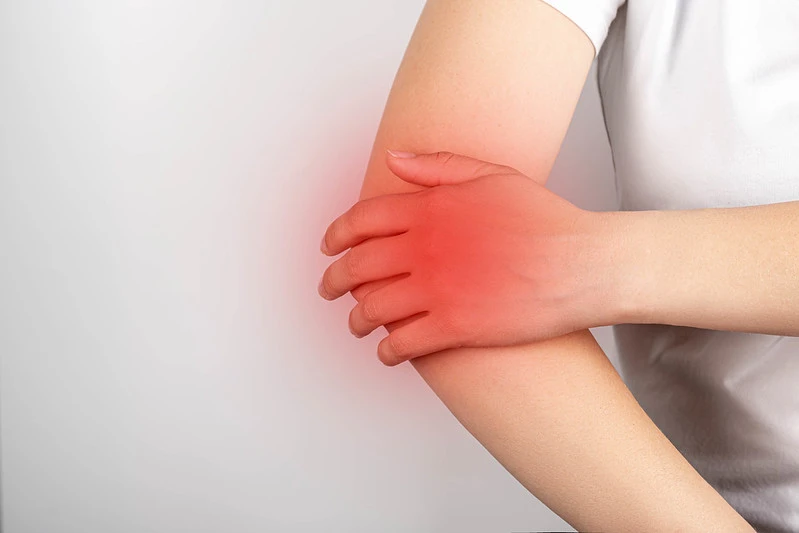Electromyography (EMG) and Nerve Conduction Studies (NCS) serve as indispensable tools in neurology, providing clinicians with valuable insights into nerve and muscle function. When it comes to assessing brachial plexus nerve damage or conditions, EMG/NCS play a crucial role in diagnosing the specific location of the pathology. This article explores the diverse applications of EMG/NCS in localizing brachial plexus nerve damage or conditions, emphasizing their significance in clinical practice.
Understanding Brachial Plexus Nerve Damage
The brachial plexus is a complex network of nerves that originate from the cervical and upper thoracic spinal cord segments, providing motor and sensory innervation to the upper extremity. Damage to the brachial plexus can result from various causes, including trauma, compression, inflammation, or tumors. Symptoms of brachial plexus injury may include weakness, numbness, pain, and loss of motor function in the affected limb. EMG/NCS offer clinicians a means of assessing nerve function and localizing the site of brachial plexus damage.
- Differentiating Between Upper and Lower Brachial Plexus Injuries:
The brachial plexus can be divided into an upper and lower portion based on the spinal nerve roots involved. Upper brachial plexus injuries typically affect the C5-C6 nerve roots and result in symptoms such as weakness or paralysis of the shoulder abduction (deltoid) and external rotation (infraspinatus), as well as sensory deficits in the lateral aspect of the arm (axillary nerve distribution). Lower brachial plexus injuries involve the C8-T1 nerve roots and may lead to weakness or paralysis of the hand muscles (intrinsic hand muscles), as well as sensory deficits in the medial aspect of the forearm and hand (ulnar nerve distribution).
EMG/NCS play a crucial role in differentiating between upper and lower brachial plexus injuries by assessing the function of specific nerves and muscles innervated by the brachial plexus. By identifying abnormalities in nerve conduction and muscle activity, EMG/NCS help localize the site of nerve damage and guide treatment strategies.
- Identifying Specific Nerve Involvement:
Brachial plexus injuries can affect individual nerves or nerve branches within the plexus, leading to specific patterns of weakness, sensory deficits, and muscle atrophy. EMG/NCS aid in identifying specific nerve involvement by assessing the function of individual nerves and muscles innervated by the brachial plexus.
For example, injuries to the musculocutaneous nerve may result in weakness of the elbow flexors (biceps brachii, brachialis), while injuries to the radial nerve may lead to weakness of the wrist and finger extensors. EMG/NCS help localize the site of nerve damage and determine the extent of nerve dysfunction, guiding treatment decisions and rehabilitation strategies.
- Assessing Severity and Prognosis:
EMG/NCS provide valuable information about the severity and prognosis of brachial plexus injuries by evaluating nerve conduction and muscle activity. Severe injuries may result in complete nerve transection or avulsion, leading to absent or severely reduced nerve conduction and muscle denervation changes on EMG/NCS. In contrast, mild to moderate injuries may result in partial nerve damage or compression, leading to abnormal but preserved nerve conduction and muscle activity.
By assessing the degree of nerve dysfunction and muscle denervation, EMG/NCS help clinicians determine the severity of brachial plexus injuries and predict the likelihood of recovery. This information is crucial for guiding treatment decisions, such as surgical intervention, nerve grafting, or conservative management.
Conclusion
In conclusion, EMG/NCS play a crucial role in diagnosing the specific location of brachial plexus nerve damage or conditions. By assessing nerve conduction and muscle activity, EMG/NCS help differentiate between upper and lower brachial plexus injuries, identify specific nerve involvement, and assess the severity and prognosis of brachial plexus injuries. This information is essential for guiding treatment decisions and optimizing patient outcomes in clinical practice. EMG/NCS serve as invaluable tools in the comprehensive evaluation and management of brachial plexus disorders, enhancing patient care and quality of life.
Contact us today for more information.
Photo by: Marco Verch





